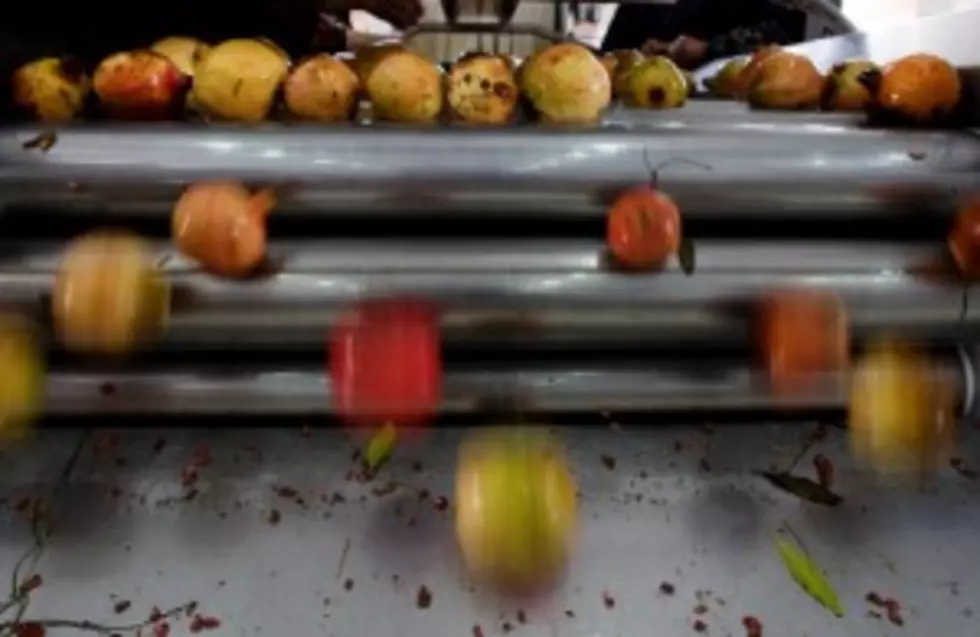
Arsenic Found In Popular Juice Brands
I remember the controversy when this first came up, but now another study is showing the same scary result:
Arsenic has long been recognized as a poison and a contaminant in drinking water, but now concerns are growing about arsenic in foods, especially in fruit juices that are a mainstay for children.
Controversy over arsenic in apple juice made headlines as the school year began when Mehmet Oz, M.D., host of “The Dr. Oz Show,” told viewers that tests he’d commissioned found 10 of three dozen apple-juice samples with total arsenic levels exceeding 10 parts per billion (ppb). There’s no federal arsenic threshold for juice or most foods, though the limit for bottled and public water is 10 ppb. The Food and Drug Administration, trying to reassure consumers about the safety of apple juice, claimed that most arsenic in juices and other foods is of the organic type that is “essentially harmless.”
But an investigation by Consumer Reports shows otherwise. Our study, including tests of apple and grape juice, a scientific analysis of federal health data, a consumer poll, and interviews with doctors and other experts, finds the following:
* Roughly 10 percent of our juice samples, from five brands, had total arsenic levels that exceeded federal drinking-water standards. Most of that arsenic was inorganic arsenic, a known carcinogen.
* One in four samples had lead levels higher than the FDA’s bottled-water limit of 5 ppb. As with arsenic, no federal limit exists for lead in juice.
* Apple and grape juice constitute a significant source of dietary exposure to arsenic, according to our analysis of federal health data from 2003 through 2008.
* Children drink a lot of juice. Thirty-five percent of children 5 and younger drink juice in quantities exceeding pediatricians’ recommendations, our poll of parents shows.
* Mounting scientific evidence suggests that chronic exposure to arsenic and lead even at levels below water standards can result in serious health problems.
* Inorganic arsenic has been detected at disturbing levels in other foods, too, which suggests that more must be done to reduce overall dietary exposure.
See more, including a list of the brands tested via Arsenic Found in Popular Juice Brands | Yahoo! Health.
More From B105









